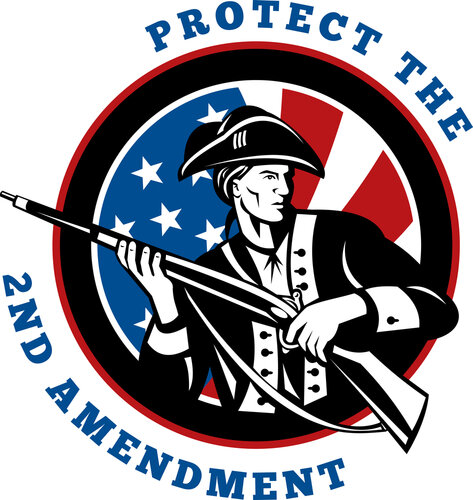Identity

Insightful column in the New York Times about why the National Rifle Association holds such powerful emotional sway over its members – and why gun control organizations do not.
In short, the N.R.A. appeals to people’s identity and sense of belonging. It attracts people who are not always, at the beginning, fervent gun right believers. People join gun clubs not necessarily because they are rabid Second Amendment believers; they join because they just want somewhere to shoot their guns. And in those places they meet friends, and many of those friends happen to be members of the N.R.A. So for many, membership starts as a social connector.
From there, a sense of identity builds. As the author writes, “The gun-rights groups were not just persuading [my friends] to support gun rights; they were also helping [them] rearticulate their own lives in terms of a broader vision of the future. They were no longer just hunters. They were protectors of a way of life.”
This is in marked contrast to gun control groups, which bring people together around a shared ideology, not a shared identity. And power is held very close to the vest, not distributed among members. The author experienced this firsthand. “After Sandy Hook, I joined several gun-control organizations…none introduced me to anyone else in the organization or invited me to strategize about what I could do. Instead, I felt like a prop in a game under their control. I eventually asked to be taken off their lists.”
Right-of-center organizations in the US often are much better at selling their ideas than organizations on the left, simply because they don’t try to persuade people with bullet-pointed lists of policy initiatives. They tell stories, use language carefully, and tend to their followers’ emotional needs quite effectively.
